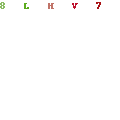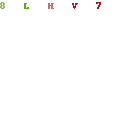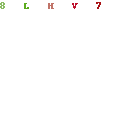 Hindu religious literature, the most ancient writings in the world, is of two types: primary scriptures (Sruti) and secondary scriptures (Smriti). The Sruti scriptures are of divine origin, whose truths were directly revealed to ancient rishis (sages) in their deep meditations.
Hindu religious literature, the most ancient writings in the world, is of two types: primary scriptures (Sruti) and secondary scriptures (Smriti). The Sruti scriptures are of divine origin, whose truths were directly revealed to ancient rishis (sages) in their deep meditations.
The Smriti scriptures are of human origin and were written to explain the Sruti writings and
make them understandable and meaningful to the general population. Sruti scriptures
include the four Vedas (Rig, Yajur, Sãma and Atharva) and the Bhagavad Gîtã, and
constitute the highest religious authority in Hindu religion. Smriti scriptures include five
distinct groups of writings :
· Itihãsas (History or Epics)
· Purãnas (Mythology)
· Dharma Shãstras Law Codes
· Ãgamas & Tantras Sectarian Scriptures.
· Darshanas Manuals of Philosophy
The Vedas
It is the ancient scriptures or revelation (Shruti) of the Hindu teachings. The word
Veda is derived from the word Vid which means “knows”, knowledge for
excellence or sacred wisdom. There are four Vedas, each consisting of four parts (though some says there were as many as 1131). Rigveda, Yajurveda and Samveda are considered as the most ancient of the vedas, known as Trai Viddya or “Triple Sciences”.
The Vedas were compiled around the time of Krishna (c. 3500 B.C.).
The “great compiler” of the Veda and Puranas was Vyasa Krishna Dwaipayana.
He was said to be the twenty-eighth of the Vyasas or compilers of Vedic
knowledge.
The vedas are Rig Veda, Sama Veda, Yajur Veda and Atharva Veda.
Sunday, 22 July 2007
HINDU SCRIPTURE
Subscribe to:
Post Comments (Atom)














No comments:
Post a Comment